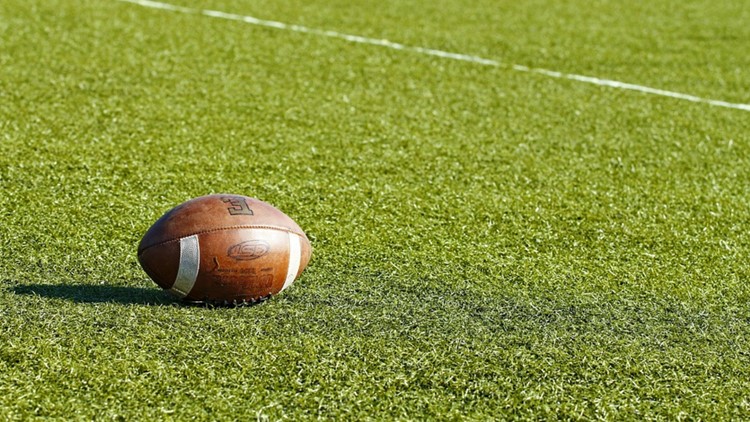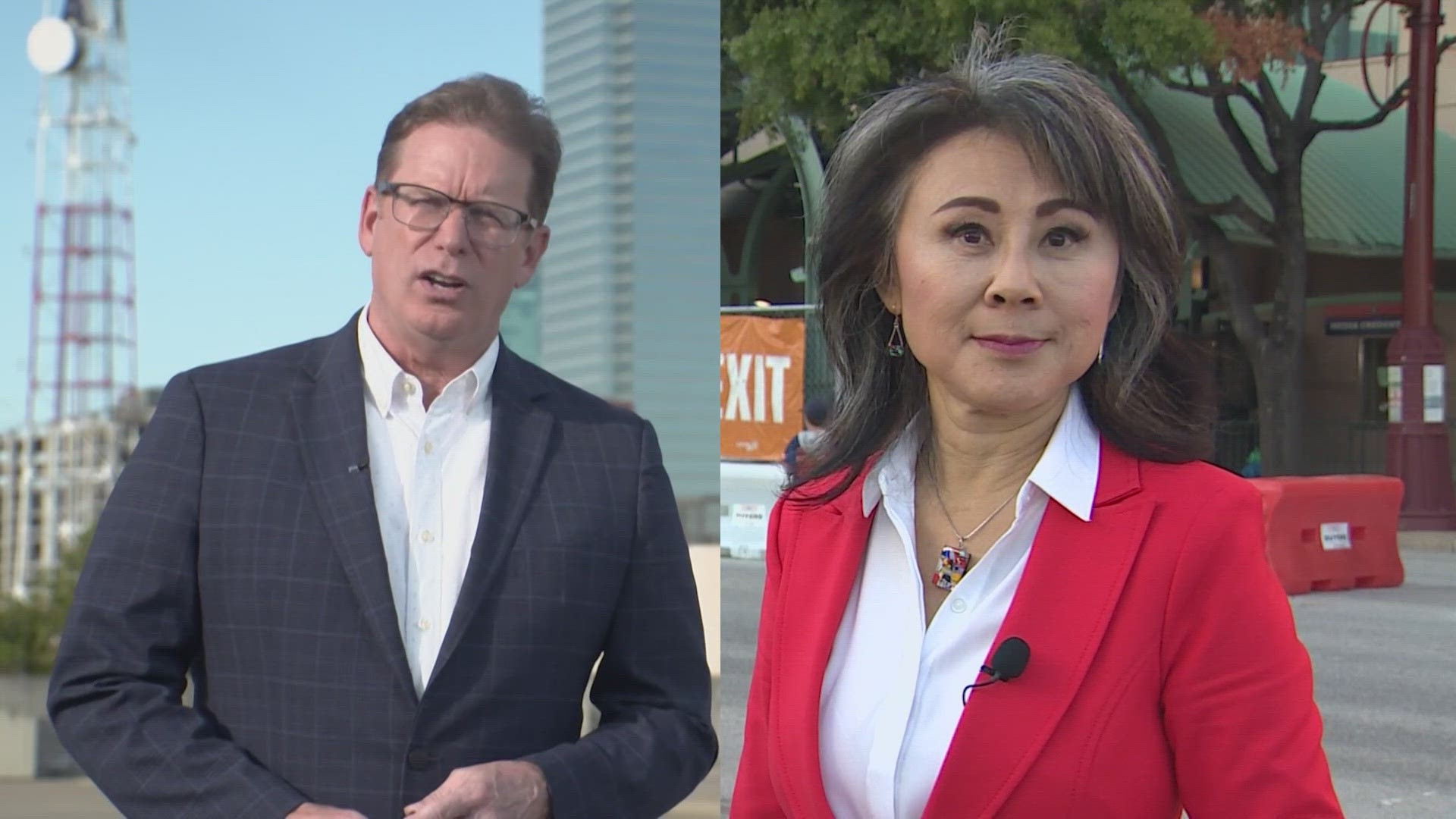Let's start here -- there is no perfect solution.
The University Interscholastic League has been tasked with an impossible chore: trying to ensure the safety of thousands of student-athletes across the state of Texas, while still having something that resembles a normal season.
The stark reality is, the only way to keep kids fully safe and healthy, is to cancel the season altogether. But nobody wants that to be the outcome.
There are assuredly some who believe it is the correct decision to make, and I'm not sure I'm not in that camp. But no one wants these kids to have to miss out on a full season of high school sports. We've already seen how devastating that was for the spring athletes.
But the way the UIL has engineered the fall schedule leaves some major questions.
As you've likely seen, the state's governing body for public school sports has laid out a new schedule for sports this fall. Schools in the 1A through 4A classifications will continue forward on a schedule that is, for all intents and purposes, normal.
On Aug. 3, football and volleyball teams can begin practice. On Aug. 27, they can start games and matches. And the balance of the season -- district play, playoffs, state championships -- unfold as scheduled, culminating with football state championships in mid-December.
But for the large schools -- 5A and 6A classifications -- everything is delayed by about a month.
Practice can begin on Sept. 7, games can begin starting Sept. 24, and the playoffs and state championships are accordingly pushed back so that the state title games would be played in January.
This change was made, ostensibly, to allow for a logical split based upon the prevalence of COVID-19 in various areas around the state.
For high population metro areas, like Dallas, Houston, San Antonio, Austin, and El Paso, the 5A and 6A schools that serve many of those areas, would need to wait an extra month to allow cases to get under control before the season begins.
In the rural areas of the state, where cases are (in most areas) lower, the 1A through 4A schools that serve those communities would be able to continue along on schedule.
But this is not a clean break of rural and metro. And it's really not that close. There is a 4A district that serves seven different Fort Worth schools: Castleberry, Benbrook, Dunbar, Eastern Hills, Western Hills, Diamond Hill-Jarvis, and Carter-Riverside, and Kennedale high school.
Dallas ISD has its own 4A district, with Carter, Wilmer-Hutchins, Roosevelt, North Dallas, Lincoln, and Pinkston.
One of the best 4A teams in the state, Argyle, plays just 10 miles north of 6A's Flower Mound Marcus, and 10 miles south of 5A Denton Ryan. And the Eagles play in a district with other 4A metroplex teams like Melissa and Carrollton Ranchview.
And this is to not even address similar situations in the other metro areas around the state, such as District 11-4A Division I, which features eight Houston-area schools.
And there are plenty of other examples -- Sunnyvale in 4A-Division II, Dallas Madison in 3A, the list can go on and on.
There is no perfect solution that will satiate all needs. But the UIL may have done better to include 4A, and possibly even 3A, in the delayed start to the fall season.
This UIL revamp is a plan that allows for high school football this fall. And for that, unquestionably, student-athletes around the area are likely excited. But safety still has to be the absolute priority, or a fraught house of cards will quickly crash to the ground.
More on WFAA:
- UIL releases new guidelines for summer sports conditioning, band practice
- Lancaster ISD opens COVID-19 testing site for faculty, staff, and student athletes
- Texas schools refine precautions after student athletes test positive for COVID-19
- UIL gives green light for high school workouts to start June 8 in Texas



